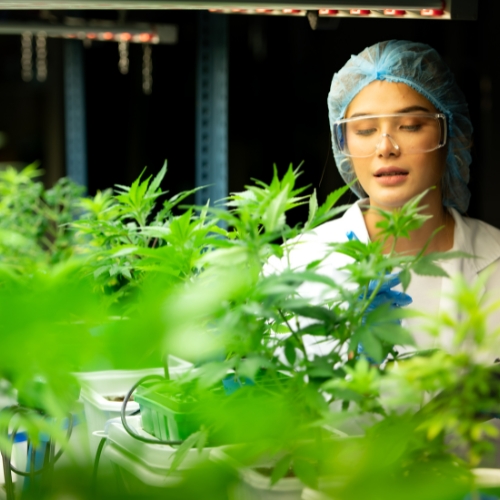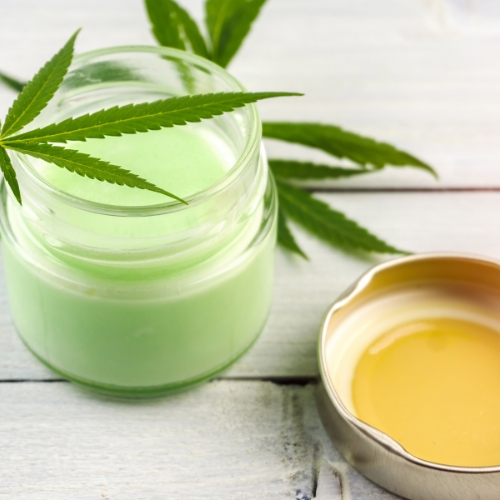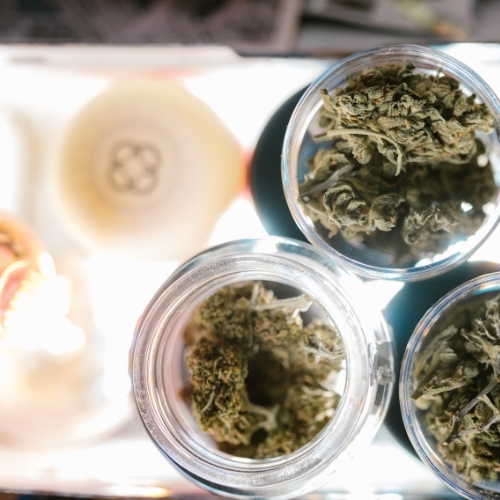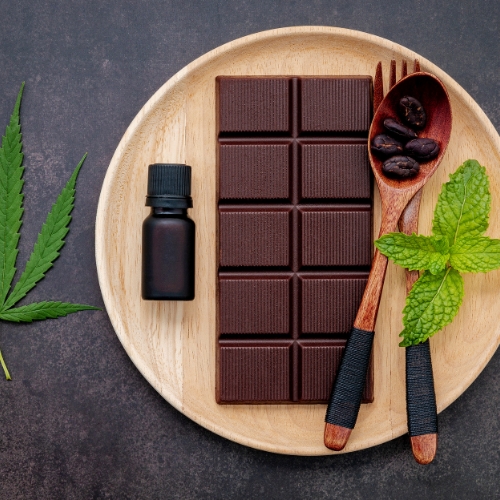Introduction
Maintaining the optimal freshness of cannabis products is essential for preserving flavor, potency, and overall quality. Whether you are a casual user or a cannabis connoisseur, proper storage techniques can mean the difference between a vibrant, aromatic experience and a stale, degraded one. Factors such as light, temperature, humidity, and air exposure all play significant roles in the degradation of cannabinoids and terpenes. This comprehensive guide will explore best practices for storing various cannabis formats—including flower, edibles, concentrates, tinctures, topicals, and vape cartridges—to ensure maximum freshness and potency over time.
The Importance of Proper Storage
Cannabis is an organic plant material rich in delicate compounds that are sensitive to environmental conditions. Terpenes, the aromatic oils responsible for flavor and aroma, are among the first to degrade when exposed to heat or light, leading to a muted sensory experience. Cannabinoids like THC and CBD also break down over time, reducing potency and therapeutic efficacy. Moisture imbalance can invite mold growth or cause flower to become brittle, affecting burn quality and smoothness. By adopting science-backed storage methods, consumers can extend the shelf life of their cannabis products and safeguard their investment.
Understanding Degradation Factors
Light, heat, oxygen, and moisture each accelerate different forms of degradation in cannabis. Ultraviolet and visible light can break down cannabinoids through photo-oxidation, turning THC into CBN and diminishing psychoactive effects. Elevated temperatures encourage the evaporation of volatile terpenes and can even decarboxylate cannabinoids prematurely. Oxygen exposure leads to oxidation, which not only reduces potency but can impart a harsh, stale taste. Conversely, excessive humidity promotes mold and mildew, while environments that are too dry sap trichomes and result in crumbly, unsatisfying flower. Recognizing how these factors interact is the first step toward effective storage.
Storing Cannabis Flower
The cornerstone of any cannabis collection, flower requires meticulous care. An opaque, airtight container made of glass or high-grade plastic helps block out light and minimize air exchange. Mason jars with rubber gaskets are popular among enthusiasts because they seal tightly and limit oxygen intrusion. It is best to store jars in a cool, dark place, such as a cupboard or drawer away from appliances that emit heat. Ideal temperature ranges between 15°C and 21°C, with relative humidity maintained around 55 to 62 percent. Humidity packs designed for cannabis can help regulate moisture within the jar, preventing both mold and over-drying.
Storing Cannabis Edibles
Edibles such as gummies, chocolates, baked goods, and beverages each present unique storage challenges. Packaged commercial products often come in tamper-resistant, resealable bags that offer a good barrier against air and light. Once opened, transferring edibles to airtight containers can help maintain freshness. Chocolates and baked goods benefit from refrigeration to slow down rancidity of fats and preserve texture, though they should be brought back to room temperature before consumption for optimal flavor. Beverages should be kept in a cool, dark refrigerator compartment. Always observe the manufacturer’s expiration dates and consume homemade edibles within a week or two, storing them in labeled, sealed containers.
Storing Concentrates
Concentrates like shatter, wax, live resin, and rosin contain high levels of cannabinoids and terpenes, making proper storage essential to maintain potency and functionality. Silicone or parchment paper-lined glass jars are ideal receptacles that prevent sticking. The jar should be stored in a lightproof container at cool temperatures—ideally between 4°C and 10°C—to slow terpene evaporation and prevent texture changes. Refrigeration extends shelf life but risks moisture condensation when the jar is brought back to room temperature; a better alternative for long-term storage is a dedicated cannabis freezer set to around –20°C, with jars wrapped in opaque material to guard against light and freezer burn.
Storing Tinctures and Topicals
Tinctures, oils, and topicals are often packaged in amber or cobalt-glass dropper bottles to shield delicate cannabinoids from light. After each use, ensure the cap is tightened firmly to prevent oxidation. Store these bottles upright in a cool, dark cabinet or drawer away from heat sources. Refrigeration is optional but can extend shelf life, especially for tinctures made with carrier oils prone to rancidity. For topicals such as creams, balms, and salves, keep the containers closed tightly and store them at cool room temperatures; excessive heat can separate ingredients or degrade active compounds, altering both consistency and therapeutic effect.
Storing Vape Cartridges and Pens
Vape cartridges and pens require storage practices that protect both the cannabis oil and device components. Keep cartridges upright to avoid leakage and ensure the wick remains saturated for proper function. Avoid temperature extremes that can alter viscosity—store at room temperature, ideally between 18°C and 24°C. Exposure to direct sunlight or heat sources can thin the oil excessively, leading to poor vaporization, while cold temperatures can cause clogging. Always replace protective caps to guard against dust and airflow when not in use, and consider storing loose batteries and cartridges separately in a padded, light-blocking case.
General Storage Best Practices
No matter the cannabis format, certain overarching strategies apply. First, always use containers designed to minimize light penetration—dark glass is preferable, but opaque plastics or tins also work. Next, control humidity with specialized packs or silica gel packets to maintain an optimal environment. Be mindful of storage location: avoid kitchens and bathrooms where temperature and humidity fluctuate dramatically. Label all homemade products with date and potency estimates to track freshness. Lastly, periodically inspect your stash for signs of mold, discoloration, or unwanted odor changes, and discard any product that appears compromised.
Travel and Short‑Term Storage
When transporting cannabis, especially across municipal or provincial borders, use airtight, odor‑proof containers to comply with local regulations and maintain discretion. For short-term daily storage, small silicone jars or smell‑proof pouches suffice, but return products to proper storage conditions as soon as possible. Avoid leaving cannabis in hot cars or direct sunlight, and never store in places where pets or children might access them.
Conclusion
Effective cannabis storage hinges on understanding and mitigating the factors that degrade potency, flavor, and safety. By employing airtight, light‑blocking containers, controlling temperature and humidity, and following format‑specific guidelines, consumers can ensure their cannabis flower, edibles, concentrates, tinctures, topicals, and vape cartridges retain maximum freshness over time. Thoughtful storage not only enhances the user experience but also protects your investment in high‑quality cannabis products. Implement these strategies today to unlock the full potential of every gram, gummy, and drop you store.






